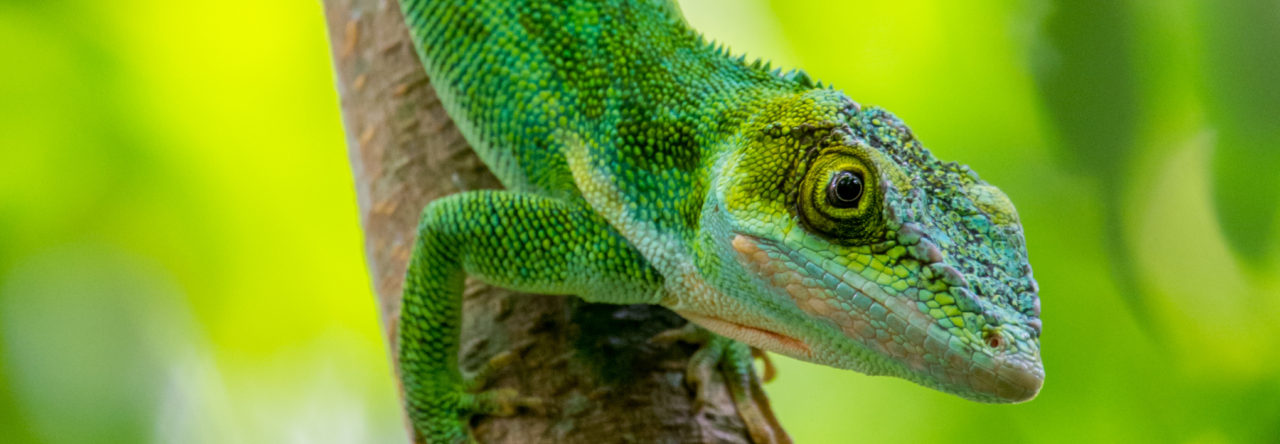
Liolaemus tenuis, if I’m not mistaken. Photo by Felipe Rabanal.
South American fence lizard lookalikes Liolaemus keep on racking up the species numbers as new taxa are described willy-nilly. Over at Tetzoo, Darren Naish has written a nice post entitled “The enormous lioaemine radiation: paradoxical herbivory, viviparity, evolutionary cul-de-sacs and the impending mass extinction.” It’s a very nice overview of the different aspects of diversity of this clade, including summary of an interesting recent paper by Pincheira-Donoso and colleagues, and includes the chilling statement: “some herpetologists think that the Liolaemus radiation will eventually exceed the Anolis (sensu lato!) one in terms of number of species.”
- Evolution in Real Time on Lizard Island - March 23, 2025
- Spider Snags Adult Anolis osa - March 22, 2025
- An Homage to the Green Anoles of New Orleans - March 21, 2025


Kevin de Queiroz
Don’t worry, it probably won’t be long until somebody proposes “splitting” it into multiple “genera”.
: )
Mariana Morando
It could be one genus or many genera, but the cool stuff -e.g. several contact zones & isolated unexplored high plateaus- it’s still there!
Roberto Langstroth
The lizard featured in Naish’s blog as L. lutzae is actually a Tropidurus !!! But anyhow, it would be interesting to compare how liolaemologists and anolologists are currently applying “species concepts”. Comparing numbers of species across groups is can be somewhat spurious if we don’t understand how taxonomists have applied species concepts when they create new names. Liolaemus does unquestionably include two very deeply divided and well supported clades which some folks recognize as the subgenera Liolaemus and Eulaemus .
Roberto Langstroth
I should also point out that the use of the (unfortunately widely-used) common name “tree iguana” is extremely misleading, as very few species of Liolaemus show any arboreal tendencies. Liolaemus lutzae is a beach-dweller that often takes refuge by burying itself in the sand.
Darren Naish
My “Liolaemus lutzae” is a Tropidurus? Dammit, why did nobody tell me sooner? Roberto: thanks, I will add an update. The ‘tree iguana’ vernacular name I used comes from the literature and did strike me as inappropriate.
Incidentally, it’s a great honour to be mentioned here at Anole Annals.
Jonathan Losos
Tropidurus, Liolaemus…they all look alike…unlike the 400 individually unique anole species.